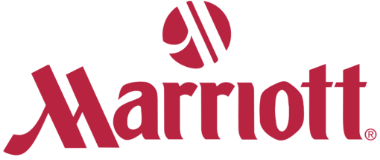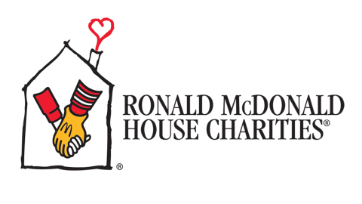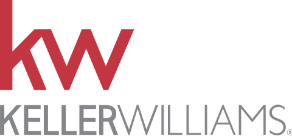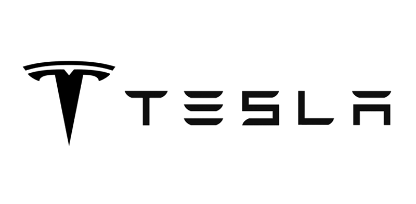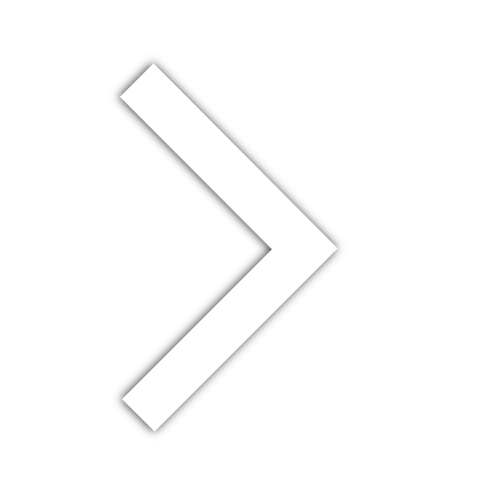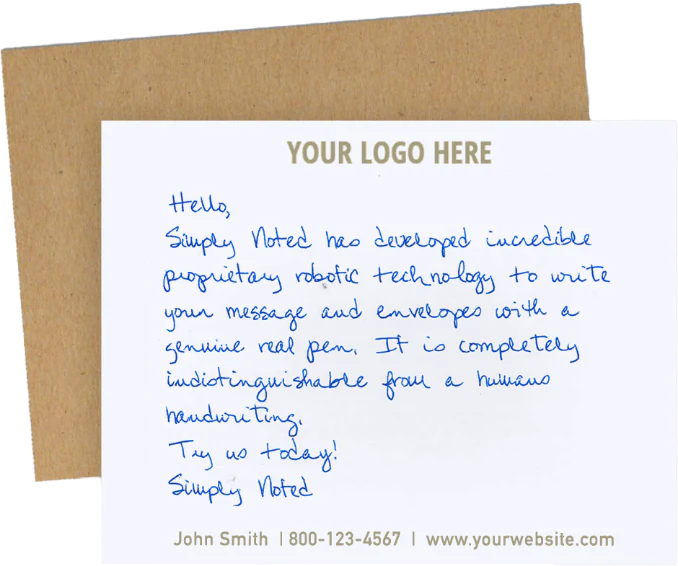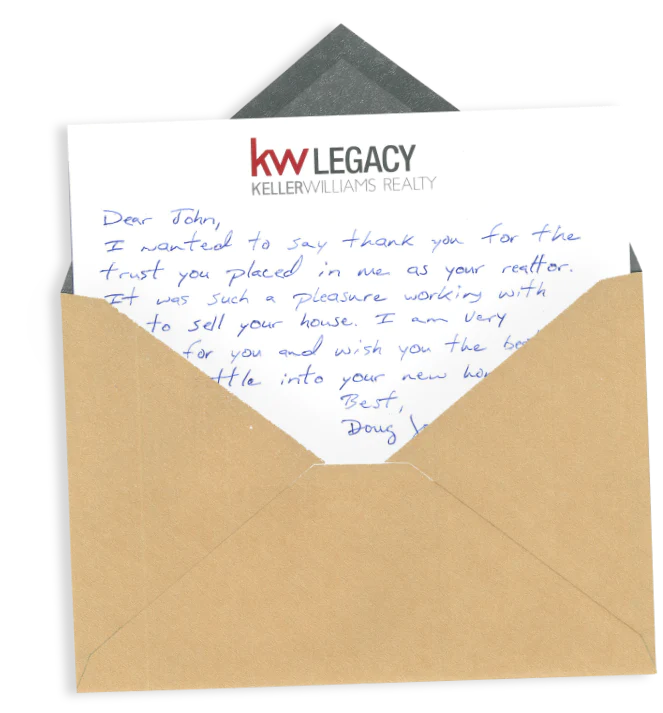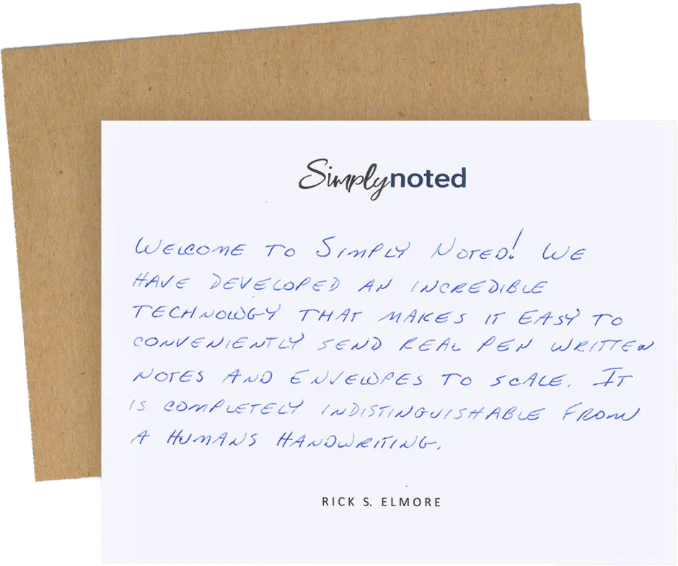How to Create an Employee Rewards Program That Works

Every manager wants to motivate their staff to increase performance, quality, and output — to do more, better, with less. You can drive positive behaviors and reinforce company values by recognizing and rewarding your employees when they accomplish something great.
However, unstructured recognition isn’t uniformly motivational. That’s because it’s unpredictable, hard to measure, and applied inconsistently. From month to month, you might reward some employees, but not all, for the same accomplishments.
This lack of consistency can damage morale instead of improving it. Imagine how you would feel if one month your coworker received a reward for doing something you did the next month, and you got no recognition. You might find that demotivational.
Rewarding employees for their contributions works best in a formalized structure. This article will talk about how to create an employee rewards program that works.
SEE ALSO: The Complete Guide to Building Relationships with Employees
SET SPECIFIC GOALS AND FIND WAYS TO MEASURE PROGRESS
Structured rewards are given when specific conditions are met. For salespeople, you might base rewards on reaching tiered sales volumes. For production staff, you might base rewards on overtime amounts, client survey results, or measurable delivery goals.
It’s essential that employees know what they need to do to qualify for reward levels and that they have a way to see their progress. There are third-party tools like Kazoo that allow you to track your incentive program. Employees can log in to see how they’re doing, as well as their relative positions with other employees. This is a great way to inspire friendly competition.
You can also track employee goals using the HR and accounting tools you already own. It’s important that you know how every employee is doing and recognize them consistently when they achieve a new level.
OFFER CUSTOMIZABLE REWARDS
Not everyone is motivated by the same things. The promise of free Starbucks might inspire devoted coffee drinkers but might not be attractive to other employees. Instead of setting specific prizes, offer prize tiers — rewards grouped by dollar value, associated with particular goals.
For instance, you might give a $50 gift card away when employees convert ten prospects in a month. Instead of specifying a business, let the employee choose where the card comes from. Services like Kazoo offer direct integrations with hundreds of different reward items. Employees collect reward points when they receive recognition and can exchange those points for whatever they like.

LET YOUR EMPLOYEES IN ON THE FUN
Recognition doesn’t always have to come from management. A great way to improve morale is to include coworker recognition in your employee rewards program. If you use a messaging service like Slack, you can create channels where employees recognize each other for performance that’s above and beyond. When these shout-outs occur, assign points to the employee that count toward employee recognition goals.
Employee-inspired recognition helps create a positive work environment because it trains staff members to seek each other’s approval. Since they won’t know where recognition might come from, they’ll be motivated to treat everyone with respect and help out wherever they can.
Employees will focus less on what their coworkers are doing wrong and put more energy into praising each other for what they’re doing right. This can be quite inspiring over time, leading to more cohesive teams.
INCLUDE TEAM-BASED REWARDS
Speaking of teams, your employee rewards program should offer incentives for departments as well as individuals. This builds strong bonds of affinity among team members as they work together to try and reach these group goals.
They say that a team is only as strong as its weakest link. Team-based rewards give employees a reason to help underperforming members improve because when the weakest link gets better, the whole team benefits.
SEE ALSO: Gratitude is a Business Strategy

CREATE ANNUAL SERVICE AWARDS
Monthly, weekly, or task-based incentives are only part of the equation. Annual awards are the other. Use these to recognize stellar performance on a yearly basis. Name these awards and spell out precisely what it takes to win.
You might create the President’s Club Award that recognizes the year’s top salesperson with a trip anywhere in the country or the Client Service Award that grants a cash prize to the employee that scores highest in client satisfaction.
Annual awards are your employee rewards program’s crown jewels. Frequently, they’re grander versions of the monthly or weekly recognitions you’re already tracking. For example, you might offer small rewards monthly for stellar sales performance and a large annual prize for the highest achiever overall.
MAKE CERTAIN THE REWARD MATCHES THE ACHIEVEMENT
The rewards you promise must be in scale with the achievement they honor. Getting it wrong can do more harm than good.
For example, gifting an expensive reward for a minor achievement isn’t sustainable — think VR Goggles for getting hours submitted on time. A lot of people are likely to achieve that goal, and you won’t be able to afford the rewards for long. Likewise, granting small rewards for significant accomplishments damages the incentive you’re trying to create. After all, why would someone put in extra time to boost their performance over the year if they only stand to win a $25 gift card? Give big prizes for significant achievements and smaller prizes for more common goals.

RECOGNIZE MAJOR MILESTONES WITH A HANDWRITTEN CARD
Prizes are excellent motivators, certainly, but so are a few choice words of thanks, encouragement, or congratulations. Along with, and adjacent to rewards, send your employees heartfelt, handwritten messages.
But don’t write them yourself! Employee rewards programs work best when you can put them on autopilot. It guarantees consistent application and reduces the amount of work you and your staff have to put toward monitoring the program.
SEE ALSO: What to Say in a Business Thank You Card
With Simply Noted, you can integrate automated, handwritten cards with your CRM and HR software. Create conditions in your software that automatically trigger us to send handwritten cards to your employees — birthdays, work anniversaries, and expressions of gratitude are all good reasons to send a card.
Don’t settle for low-quality, printed cards. We offer authentic handwritten cards created with real ballpoint pens. Our handwriting robots use these and AI-powered smart fonts to create a handwriting experience that’s indistinguishable from the real thing.
You could send emails, sure. But they don’t pack the emotional appeal of a handwritten card. Cards take time and care to produce. They’re tangible and immediate. Your staff doesn’t need to know that you had them created by a machine. And they won’t, a testament to how convincing our cards are. Let Simply Noted help make your employee rewards program a success.


